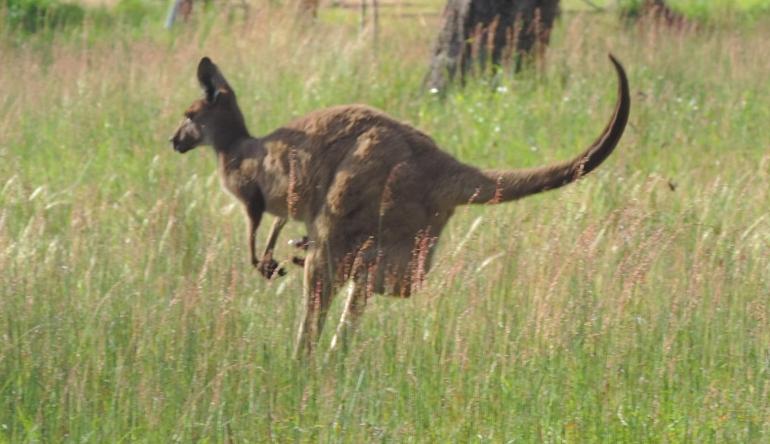You have probably heard of “fight or flight” responses to distressing situations. You may also be familiar with the tendency to “freeze”. But there is another defence or survival strategy a person can have: “fawn”.
From theconversation.com/what-is...
When our brain perceives a threat in our environment, our sympathetic nervous system takes over and a person can experience any one or combination of the four F responses.
What are the four Fs?
The fawn response usually occurs when a person is being attacked in some way, and they try to appease or placate their attacker to protect themselves.
A fight response is when someone reacts to a threat with aggression.
Flight is when a person responds by fleeing – either literally by leaving the situation, or symbolically, by distracting or avoiding a distressing situation.
A freeze response occurs when a person realises (consciously or not) that they cannot resist the threat, and they detach themselves or become immobile. They may “space out” and not pay attention, feel disconnected to their body, or have difficulty speaking after they feel threatened.
What does fawning look like?
Previously known as appeasement or “people pleasing”, the term “fawning” was coined by psychotherapist Pete Walker pete-walker.com/complex_pts... in his 2013 book Complex PTSD: From Surviving to Thriving. goodreads.com/book/show/205...
A fawn response can look like:
- people-pleasing (doing things for others to gain their approval or to make others like you)
- being overly reliant on others (difficulty making decisions without other people’s input)
- prioritising the needs of others and ignoring your own
- being overly agreeable
- having trouble saying no
- in more severe cases, dissociating (disconnecting from your mind and/or body).
While there isn’t yet much research on this response, the fawn response is seen more in people who have experienced complex trauma in their childhood, including among children who grew up with emotionally or physically abusive caregivers.
Why do people fawn?
Research suggests people fawn for two reasons:
- to protect themselves or others from physical or emotional harm (such as childhood trauma)
- to create or improve the emotional connection to the perpetrator of harm (for example, a caregiver).
This type of response is adaptive at the time of the traumatic event(s): by appeasing an attacker or perpetrator, it helps the person avoid harm.
However, if a person continues to use this type of response in the long term, as an automatic response to everyday stressors (such difficult interactions with your boss or neighbour), it can have negative consequences.
If a person is continually trying to appease others, they may experience issues with boundaries, forming a cohesive identity, and may not feel safe in relationships with others.
The full article is well worth a read.
theconversation.com/what-is...
Note that this is an unlocked post so that people with PTSD looking for online support can find this community. I've created this separate locked post - closed to just members of this community, for those who would like to discuss this topic and share their experiences with fawning and healing: healthunlocked.com/healmypt... (This is why replies to this post have been turned off)
Photo: Mum Kangaroo in flight, joey still not quite safely installed in their mother's pouch
Neil
